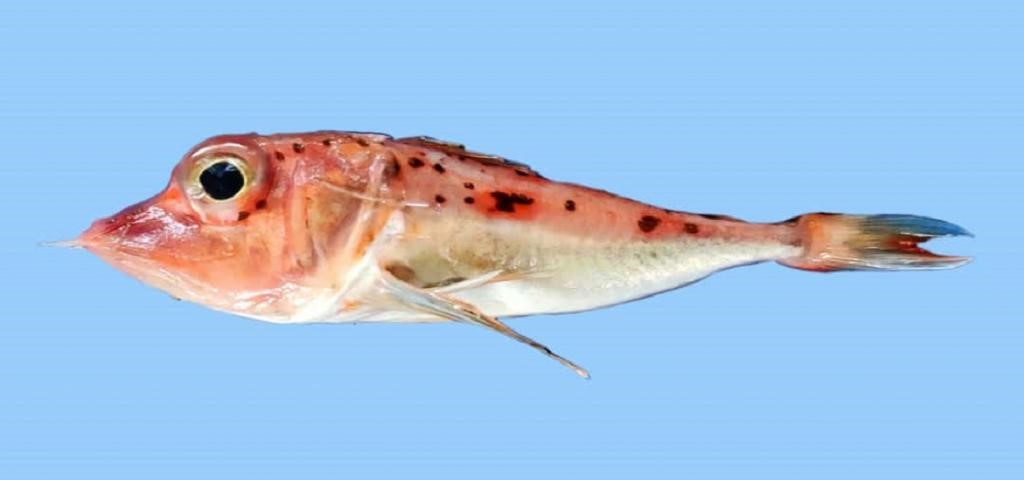Free Courses Sale ends Soon, Get It Now


Free Courses Sale ends Soon, Get It Now



Disclaimer: Copyright infringement not intended.
Context
Details
Discovery and Identification
Rarity and Significance
Unique Characteristics
About Pterygotrigla genus
Physical Characteristics:
Habitat and Distribution:
Feeding Habits:
Taxonomy:
Ecological Role:
Fisheries and Conservation:
Conclusion
The discovery of Pterygotrigla intermedica in the waters of Digha Mohana highlights the rich biodiversity of India's marine ecosystems and the ongoing efforts by scientific organizations like the ZSI to document and understand these valuable natural resources.
|
PRACTICE QUESTION Q. Which of the following statements about the Pterygotrigla genus is correct?
A) 1 and 2 B) 2 and 3 C) 3 and 4 D) 1 and 4 Correct Answer: D) 1 and 4 |
© 2024 iasgyan. All right reserved